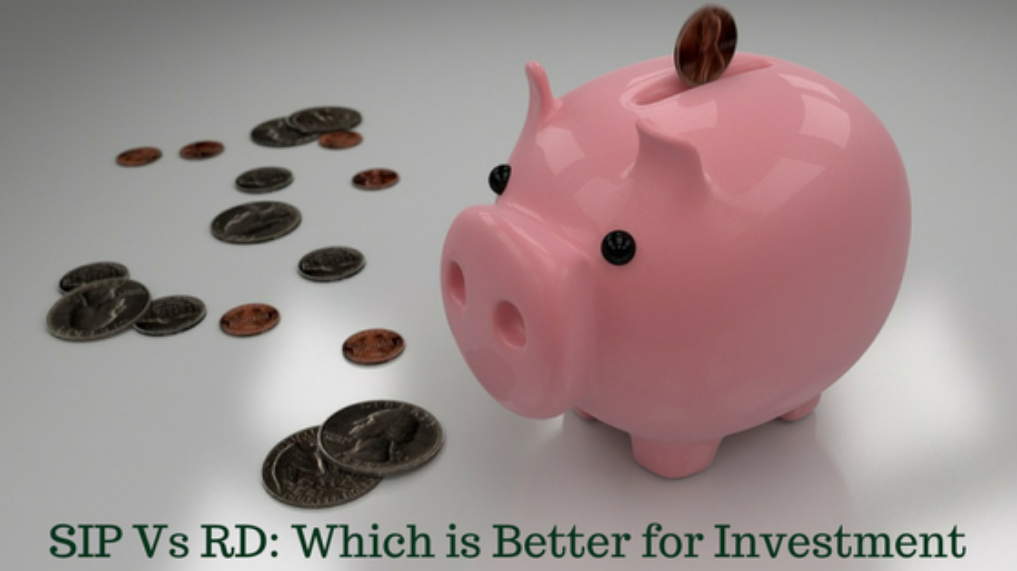Two things that are for sure with options on stocks is that they can either reduce your risk of investing or increase your profits safely. Let’s imagine that you are foreseeing a big move on the market which happens every often and interest rates are expected to increase. Although you don’t know what direction the market moves to, you at least know and believe that the move will be big.
Here is the thing; if you want to capitalize on this big move, you will need to strangle the trade. The truth is, anticipating a change in stock vitality is always easily unlike predicting a change in price. Therefore understand that strangle options do not rely on the direction of the market movement but rather on how big the move will be irrespective of direction.
The straddle option, on the other hand, is a combination position that involvespurchasing a call and a put on the same underlying stock. You use the straddle strategy when you anticipate a big move in the market but are not sure about its direction. You construct a straddle by purchasing a call and put on the same underlying stock with the same strike price and the same expiry month.
Now, when the big move comes, how do you know this?
A big move usually comes when earning reports are made that are against the market expectations, or there is a sudden change in the top management of a big company or interest rates change all of a sudden or the economic reports that are regularly released is not what the market was expecting. So, there are many occasions when a big move can take place in the market. You just need to be a keen observer of the stock market, this way you can easily anticipate when the market is going to move violently.
The advantage of using a straddle is that the only thing that matters is movement takes place. Since a straddle is formed with two long options, your maximum risk is the premium you paid to buy the two options. The stock can move up or down for you to make a profit with the straddle. Suppose, the stock price goes down in the big way. The more it goes down, the more profit you make. You only need the stock price to go lower than the strike price minus the net options premium that you paid to make a profit from this downside move made by the stock.
For you to benefit from the upward movement of the stock, the stock must go higher than the strike price plus the net options cost. This way your gains can be unlimited. Your risk with the straddle is limited to the initial net premium you paid for buying the two options contracts. A strong move in the stock either up or down will result in profit.
Now strangle is very similar to straddle. The only difference is that you purchase the put and call with different strike prices that are out of the money but the same expiry month. This way you can reduce your risk further but somewhat limit the potential reward too! Therefore when it comes to choosing between a straddle vs strangle, it is up to you what type of options trading strategy you like to use!



